It’s tough to make a case for the analog clock in our digital world. I’ll leave the debate of its relevance up to the professionals. Nonetheless, the analog clock remains a staple in the majority of math curriculums.
Let’s take the following standard for example:
MCC2.MD.7 – Tell and write time from analog and digital clocks to the nearest five minutes, using a.m. and p.m.

One could say that this standard applied to a digital clock inadvertently supports the work of rounding in 3rd grade. 8:04 is nearest to 8:05.
But in the same breath, I can hear the conversations taking place when students try to apply the same understanding to the analogue clock.
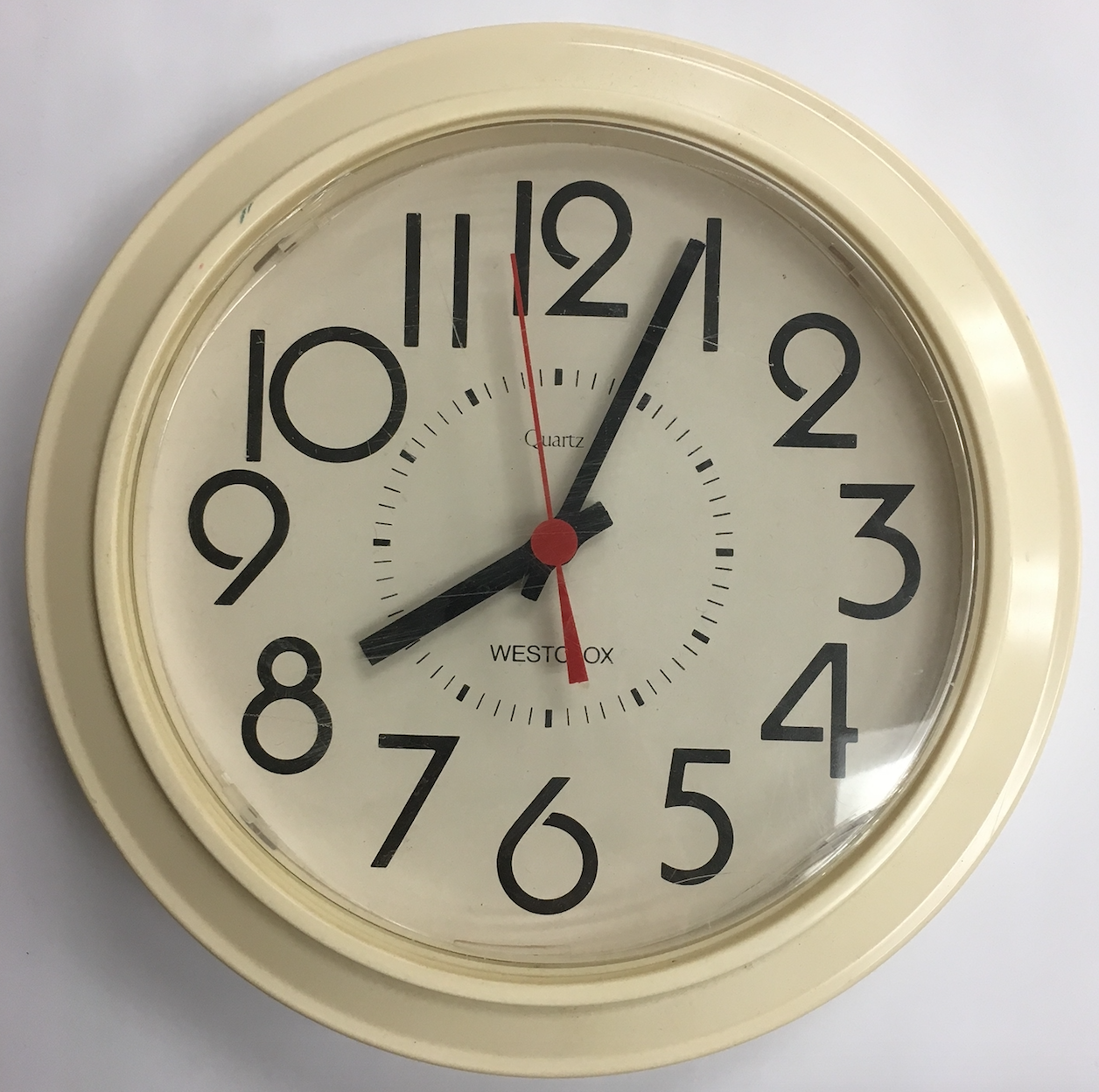
“Which one is the minute hand? The long one is the hour right? No wait. Which one is the hour hand?”
What if we asked students to estimate the time with the hour hand and completely ignore the minute hand? Then, once they own the estimation of time using the hour hand we introduce the precision of time using the minute hand?
This is not a new idea and I’m definitely not the genius that thought of it. Patricia Smith and John Van de Walle have both tackled the issue of time well before this post. I just figure the more that know the better.
So let’s give it a try…About what time is it?
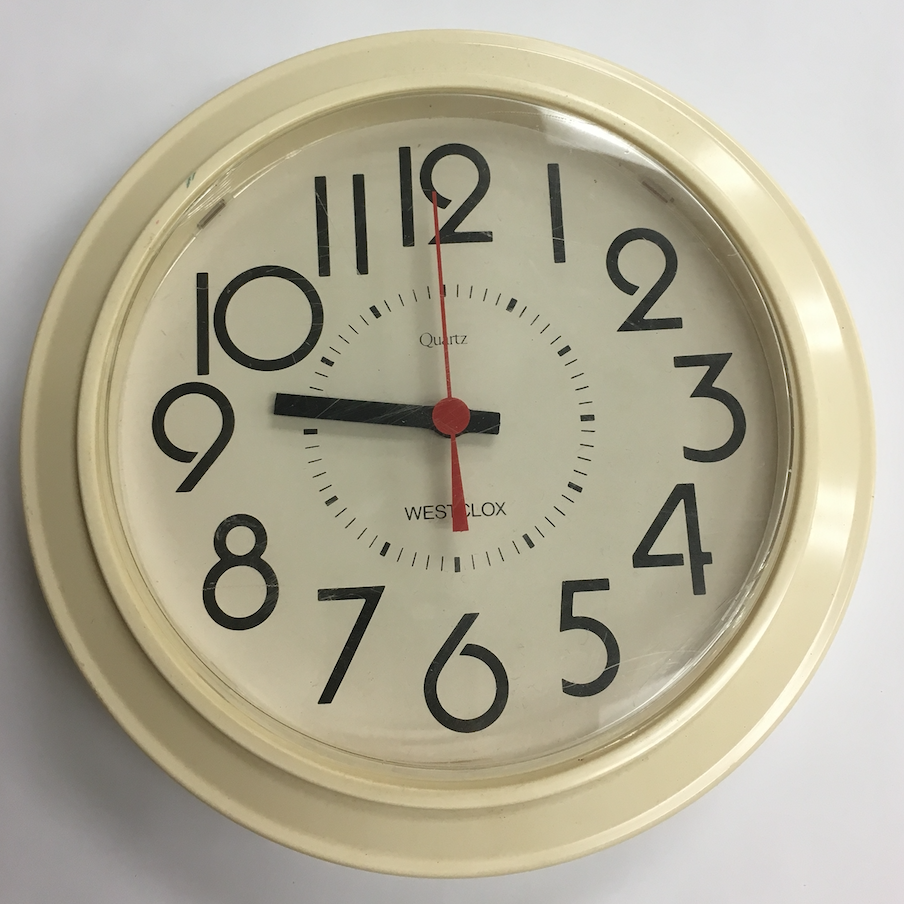
Time we go to specials.
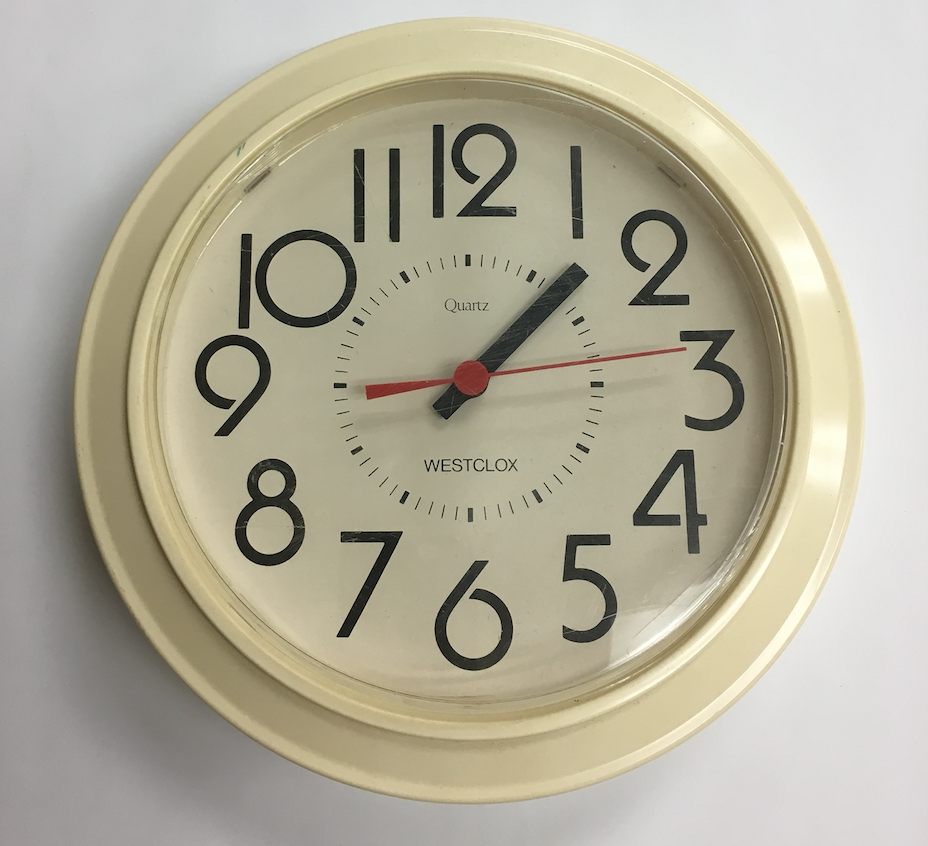
Recess time.
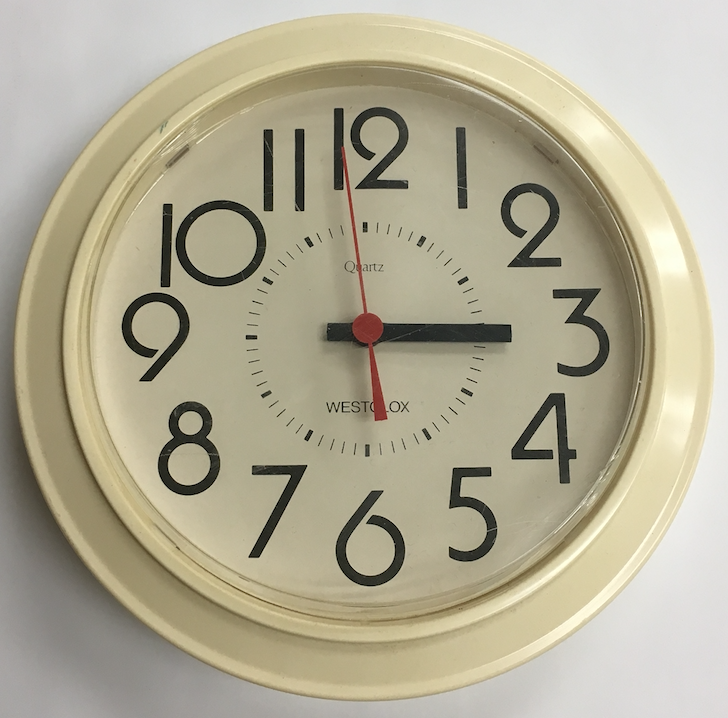
Time to go home.
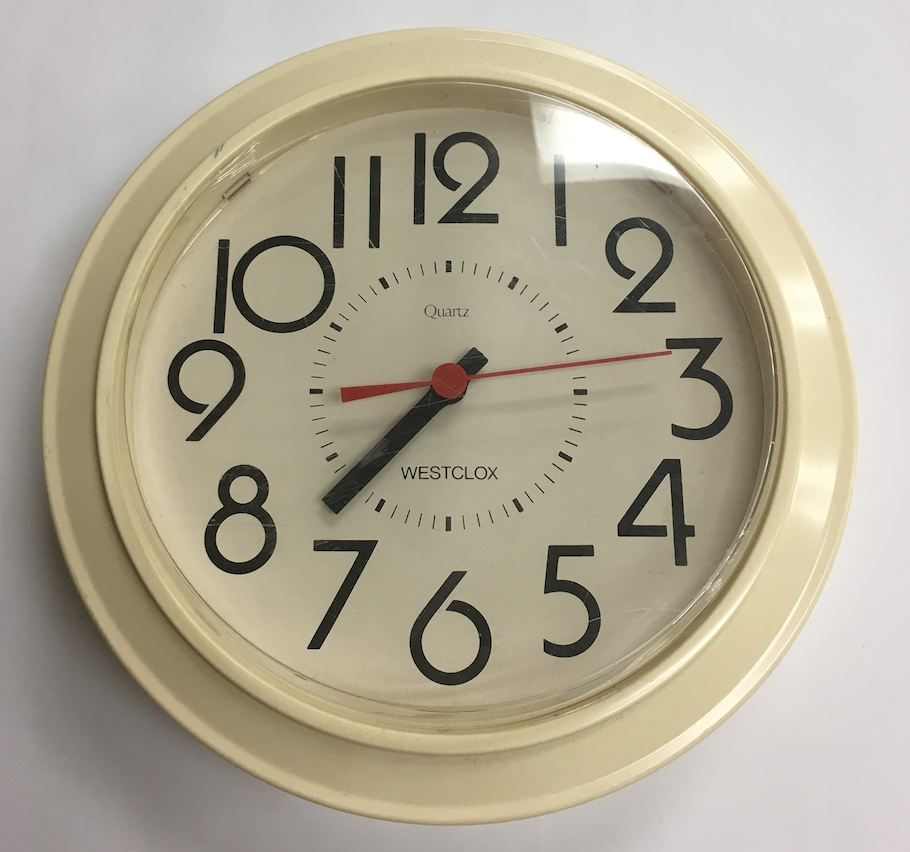
Bed time.
A friend in my district reminded me of a conversation we had last year about using a one handed clock and it’s almost that time of year for 2nd and 3rd grade.
Share these pictures with your class and ask “What do you notice?” Turn them into some kind of Time Talk and report back. I’d love to hear how it goes.
Does EVERY student need this clock? Not at all. It’s just another way to make learning accessible. Remember what Dan said “You can always add to a lesson, you can’t subtract.”
The same applies for clocks as well.

My intervention group was amazed that I took the clock apart and put it back together. They really started to understand how the clock works and how it measures time. I also used this article from NCTM to guide my lessons.
http://maccss.ncdpi.wikispaces.net/file/view/Taking+Time+to+Understand+Time.pdf
Thanks so much for sharing.
Love the idea of estimating and noticing and wondering with the one handed clocks. When we begin time in first we actually start with a number line, but then when we move to clocks we start with a one handed clock and focus on where it lands, at the number or half way in between. Then, we add the minute hand later. I think it would be helpful for the kids to spend some time “noticing” and estimating with just the hour hand as kind of a routine too! I’ll try it out and let you know! As always, thanks for sharing!
Jamie
Yes! Please let us know how it goes Jamie. I never really thought about the estimation piece of time telling until I met the one-handed clock. But the more I use it, the more I realize what a powerful assessment tool it is.
Sorry for the late reply bud. Always appreciate your brain:-)
Love this idea!!! Thanks for sharing…I’ll be sure to share this post with my 2nd grade teachers.
Why did you put the second’s hand back? Seeing the title of the tweet immediately led me to realize the power of your plan! Reminded me of the questions of angles between minute & hour hands at certain times of the day at secondary. Thank you for a new idea and for something to do with a few clocks that don’t keep time well anymore.
That’s a really slick connection Harmath. Wondering about dropping the clock image in Keynote and applying “magic move”. I’m thinking along the lines of what Mary Kemper did here…